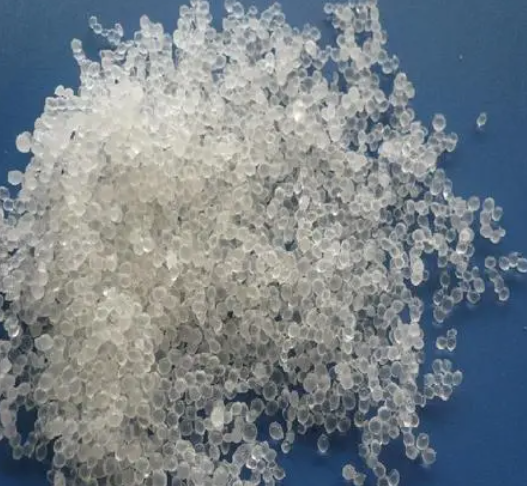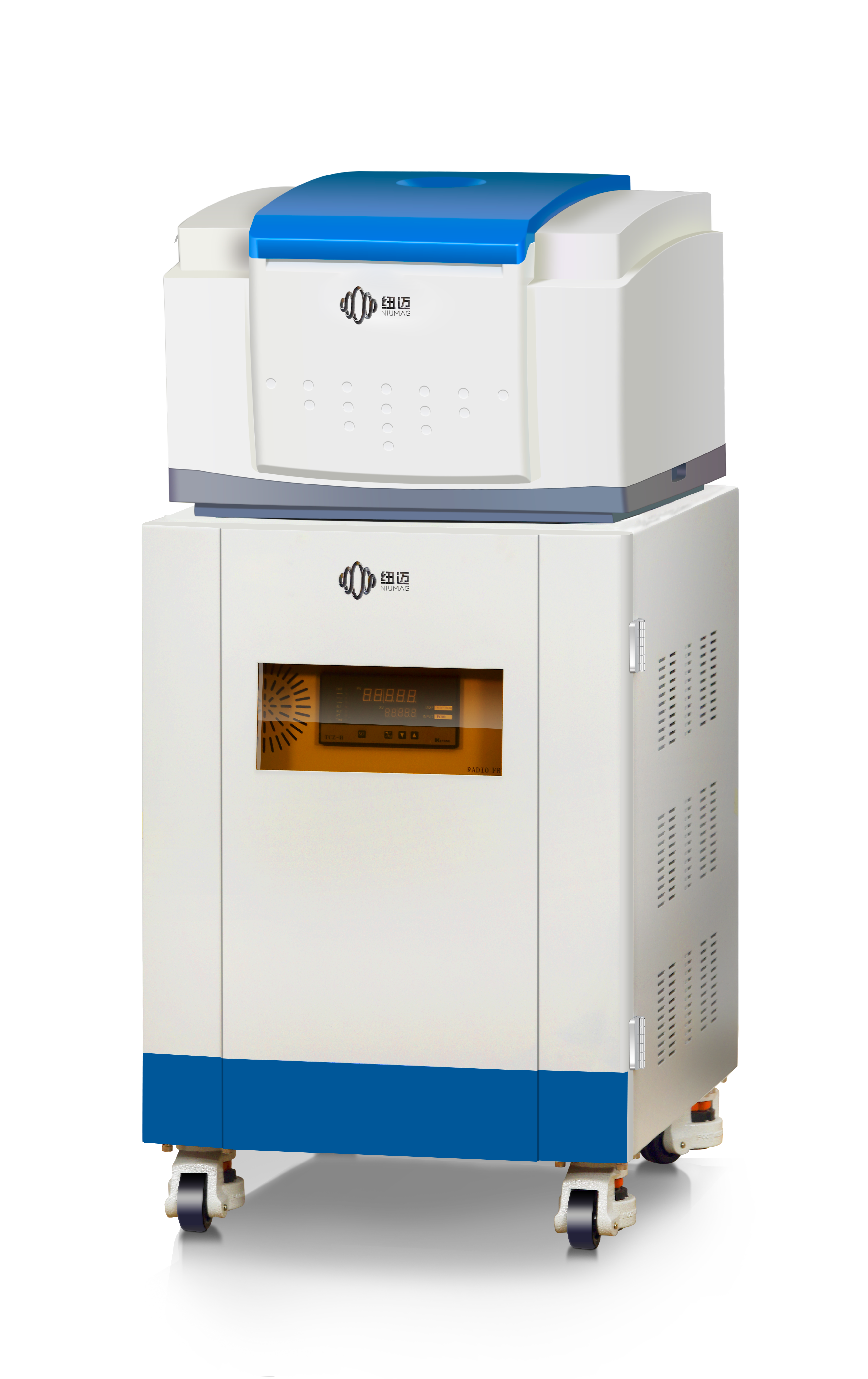SBR también se conoce como copolímero de poliestireno butadieno.. Su funcionamiento del mecanismo físico., El rendimiento del procesamiento y el rendimiento del producto son similares al caucho natural.. Algunas propiedades como la resistencia al desgaste., resistencia al calor, La resistencia al envejecimiento y la velocidad de vulcanización son mejores que el caucho natural.. Se puede utilizar en combinación con caucho natural y varios cauchos sintéticos.. It is used in the production of tires, tapes, hoses, wires and cables, medical equipment and various rubber products.
According to the polymerization process, styrene-butadiene rubber is divided into emulsion styrene-butadiene rubber (ESBR) and solution styrene-butadiene rubber (SSBR). Compared with the solution-polymerized styrene-butadiene rubber process, the emulsion-polymerized styrene-butadiene rubber process is more advantageous in terms of cost saving. Acerca de 75% of the production capacity of the global styrene-butadiene rubber plant is based on the emulsion-polymerized styrene-butadiene rubber process. Emulsion polystyrene-butadiene rubber has good comprehensive properties, mature technology and wide application. Its production capacity, output and consumption all occupy a place in styrene-butadiene rubber. Oil-extended styrene-butadiene rubber has the advantages of good processing performance, low heat generation, good low temperature flexibility, etc.. It has excellent traction performance and wear resistance when used in tread rubber. Can reduce costs and increase production. Actualmente, oil-filled styrene-butadiene rubber accounts for about 50-60% of the total output of styrene-butadiene rubber.
SBR is a general-purpose rubber with the largest consumption and is widely used. It can be used in general occasions except for special situations such as oil resistance, resistencia al calor, and special medium resistance. Mainly used in tire industry, and also used for covering rubber of conveyor belt, water hose, rubber shoe outsole, rubber roller, waterproof rubber products, tape products, microporous sponge products, shockproof products, etc..
Rubber content test, principle of low-field NMR method
The NMR signal of the matrix decays very quickly, generally decaying to zero within ten micrometers. The NMR signal decay of rubber packing is much slower, usually the signal can last for tens or hundreds of milliseconds. Por lo tanto, by properly sampling the NMR signal, it is possible to obtain only the NMR signal of the rubber for quantitative measurements, as shown in the Free Induction Decay (DEFENSOR) signal detected after a 90-degree pulse. In the test, according to the determined standard curve, determine the relationship between NMR signal intensity and rubber content, the rubber content can be measured within 30-2 minutos.
 mohoso
mohoso

